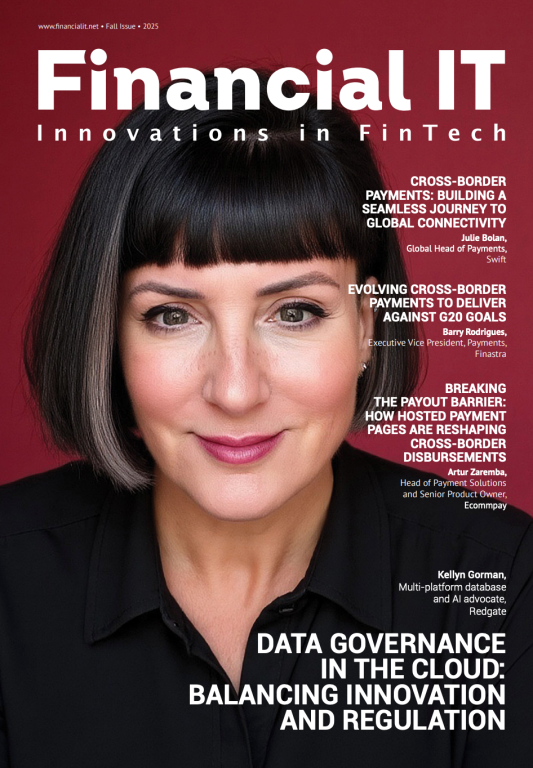RS2 Whitepaper Reveals How Banks Can Thrive in the New...
- 10.11.2025 10:35 am
Getting More From Every Paycheck: Current Introduces...
- 06.11.2025 02:35 pm
Apiture Launches AI-Powered User Interface for a...
- 06.11.2025 01:25 pm
Brits Bank on Tech: Over 28M Adults Now Using AI Tools...
- 03.11.2025 07:35 am
Ubank Expands Passkeys to Online Banking, Marking...
- 30.10.2025 10:15 am
OpenAI Launches ChatGPT Go in Brazil and Partners with...
- 30.10.2025 10:10 am
Alkami Releases 'Women in Banking' Report...
- 30.10.2025 09:15 am
BBVA Expands Digital Offering With New Deposit Feature...
- 28.10.2025 10:35 am
Plumery Launches Cashback Management Capability to...
- 21.10.2025 04:05 pm
Zopa Launches Market-Leading 4.75% Easy Access Savings...
- 21.10.2025 12:25 pm
Openbank and Santander Consumer Finance to Integrate...
- 20.10.2025 04:15 pm
Krom Bank Renews Multi-Year Partnership with Mambu to...
- 15.10.2025 10:55 am























